William Gaston Science Building, Belmont Abbey College
Introduction
Text-to-speech Audio
Images
Lithograph print of William Gaston. North Carolina Museum of History
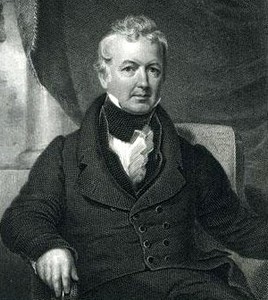
Construction of the William Gaston Science Building in 1967. Source: The Spire Yearbook, Belmont Abbey College, 1967.
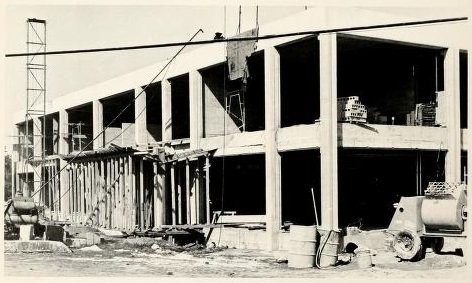
Completion of the Gaston Science Building. Source: The Spire Yearbook, Belmont Abbey College, 1967.
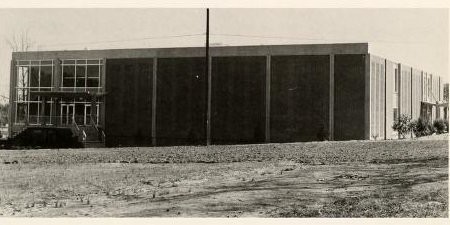
Photo of the 1969 protest by Belmont Abbey students at the Gaston Science Building. Source: Fr. Paschal Baumstein, Blessings in the Years to Come: A Pictorial Perspective of Belmont Abbey (1997)
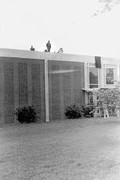
Students participating in lab exercises at the Gaston Science Building. Source: The Spire Yearbook, Belmont Abbey College, 1969.
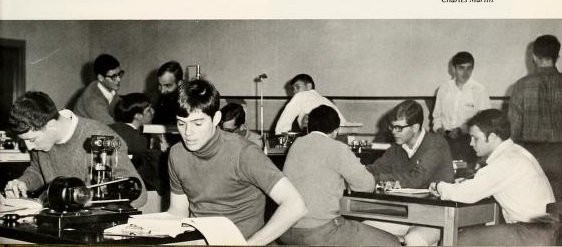
Students participating in lab exercises at the Gaston Science Building in 2018. Source: Gaston Gazette, August 2018.
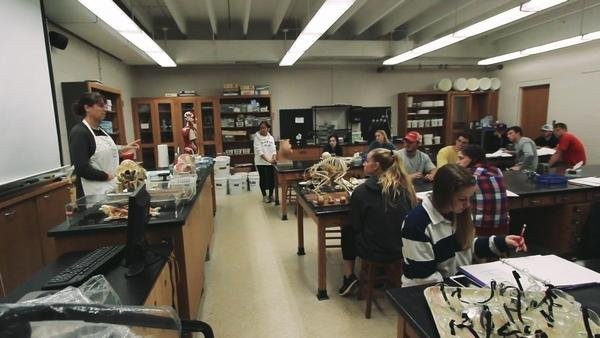
Backstory and Context
Text-to-speech Audio
In 1969, an event that resonated with Gaston's historic connection to the issue of civil rights impacted the campus community. Belmont Abbey College desegregated in 1954, but African American students remained a distinct minority within the student body. Amid the tumult of the Civil Rights Movement and the Vietnam War, around 4:30 a.m. on April 29, 1969, seven African-American students took to the roof of the William Gaston Science Building and staged a public protest. This protest called for college reforms concerning African American representation in the student body, faculty, and academic curriculum, and for recognizing the birthday of the recently-assassinated Rev. Martin Luther King Jr. Instead, a call went out for the police.
In what would become a dramatic 14-hour event, the takeover of the Gaston Science Building became a tense standoff after the arrival of crowds and onlookers from the neighboring community. News of the event was broadcast on the nightly national news and reported by local newspapers for several days. The protest ended peacefully after negotiation with the college administration. However, the students involved in the protests received indefinite suspensions. The protest became a formative event for that generation of Belmont Abbey students, and the most significant student protest on the campus during the tumultuous Sixties.4
In 2018 the Gaston Science Building underwent extensive renovation to facilitate continued scientific instruction for the 21st century.5
Cite This Entry
Hutchinson, Daniel, Daniel Hutchinson, and Clio Admin. "William Gaston Science Building, Belmont Abbey College." Clio: Your Guide to History. August 11, 2019. Accessed August 3, 2025. https://theclio.com/entry/69224
Sources
1. Daniel Hutchinson, “Roman
Catholics.” In James Clark, Glenn Jonas, and Willis Whichard, eds. Religious Traditions of North Carolina:
Histories, Tenets, and Leaders (Jefferson, NC: MacFarland & Company,
2018): 268-86.
2. J. Herman Schauinger. William Gaston: A Carolinian (Milwaukee: Bruce Publishing Company, 1948).
3. Stephen Case and Amy Kemp, "Song, The Old North State." NCPedia (2017) https://www.ncpedia.org/symbols/song#audio
4. Matthew Memrick, “45 Years Ago, Abbey Students Issued a Call for Change.” GastonGazette, Gaston Gazette, 3 May 2014, www.gastongazette.com/20140503/45-years- agoabbey-students-issued-a-call-for-change/305039957.
5. Eric Wildstein, “Renovation Heralds Future for Belmont Abbey Science Programs.” Gaston Gazette, Gaston Gazette, Aug 12 2018, https://www.gastongazette.com/search?text=belmont%20abbey%20science&start=1